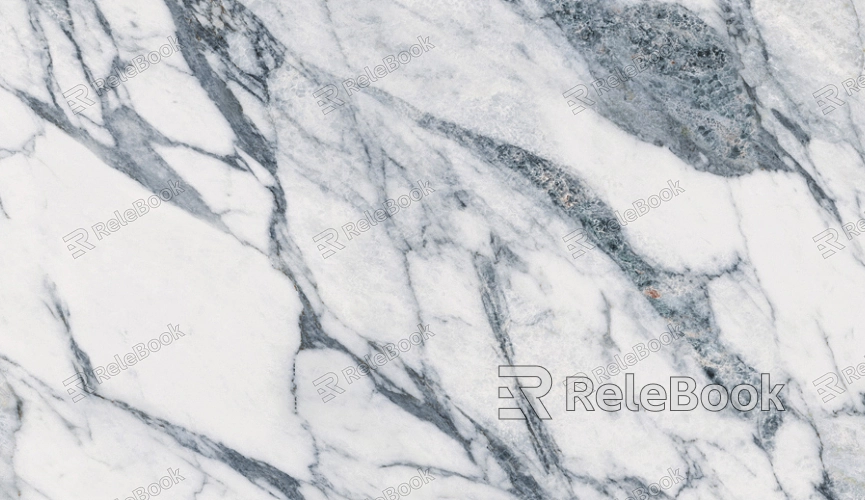How to Paint 3D Stone Textures
The application of stone textures in 3D is incredibly widespread. Designers often need to add realistic stone effects to architectural models, environmental scenes, and product displays to enhance visual appeal and detail representation. Whether using Blender, 3ds Max, or Maya, creating stone textures is an essential step in improving the quality of a project. This article will explore practical techniques and steps for painting stone textures in 3D software, helping designers enhance their creative capabilities.

Applications of Stone Textures
Stone textures are commonly used in the following design projects:
Architectural Models: In architectural design, stone textures can mimic the appearance of real buildings, increasing the credibility and intricacy of the models.
Environmental Modeling: In scene design, stone textures are applied to surfaces like floors and walls to enhance a natural and historical ambiance.
Product Displays: In product rendering, using stone textures can provide an eye-catching background, increasing visual impact.
Mastering how to paint stone textures will help designers showcase richer depth and realism in their work.
Steps to Paint Stone Textures
Prepare the Model
Before you begin painting, ensure you have a model in your 3D software that requires a stone texture. Open the software, select the target model, and confirm that the UV mapping is properly set. Good UV mapping is essential for achieving the desired texture effect.
Choose Suitable Texture Material
Before painting, select appropriate stone texture materials. You can download high-quality stone texture images from online resources or texture libraries, ensuring that the resolution is high enough for good rendering results.
Import the Texture
Import the selected stone texture into your 3D software. In the material editor, create a new material and apply the stone texture as a diffuse map. Depending on the software, you may need to select the appropriate slot to import the texture.
Adjust Material Properties
Modify the properties of the material to ensure the texture aligns with the model's appearance. You can set parameters like reflection, glossiness, and roughness to make it more realistic. Fine-tuning these details will make the stone texture appear more natural.

Paint Details
Use painting tools to add details to the stone texture. For instance, you can incorporate cracks, patterns, or dirt effects to enhance the texture's depth. Different brushes and tools can contribute to a more realistic stone surface.
Apply the Texture to the Model
Once you have completed the material edits, apply it to the model. Check various parts of the model to ensure the stone texture displays correctly on all surfaces. Utilize the view window for real-time previews to assess if the results meet your expectations.
Make UV Adjustments
If you notice any stretching or distortion in certain areas of the texture, make fine adjustments to the UV mapping. Use UV editing tools to modify the texture coordinates for a better fit with the model's shape and surface features.
Test Render the Effect
After applying the stone texture, perform a test render to evaluate the effect. Observe how it performs under different lighting conditions, making further adjustments as needed. The render preview can help designers determine whether the texture effect is satisfactory.
Save and Export
After completing all adjustments, remember to save your work. Export the model and texture for use in other projects or software. Ensure you select the appropriate file format to preserve the quality of the texture.
Learning and Resources
During the process of painting stone textures, designers can refer to various online tutorials and community resources for more inspiration and techniques. If you find it too complicated or time-consuming to search for high-quality 3D textures, consider visiting Relebook to download beautiful 3D texture resources from https://textures.relebook.com/.
Mastering the techniques for painting stone textures not only enhances the visual appeal of your work but also enriches the expressive capacity of your designs. By learning relevant steps and methods, designers can stand out in a competitive industry.
If you are looking for high-quality 3D texture resources, Relebook offers a wide range of options to help you achieve outstanding visual effects in your projects. Whether it’s textures, models, or other design resources, Relebook is your ideal choice.

